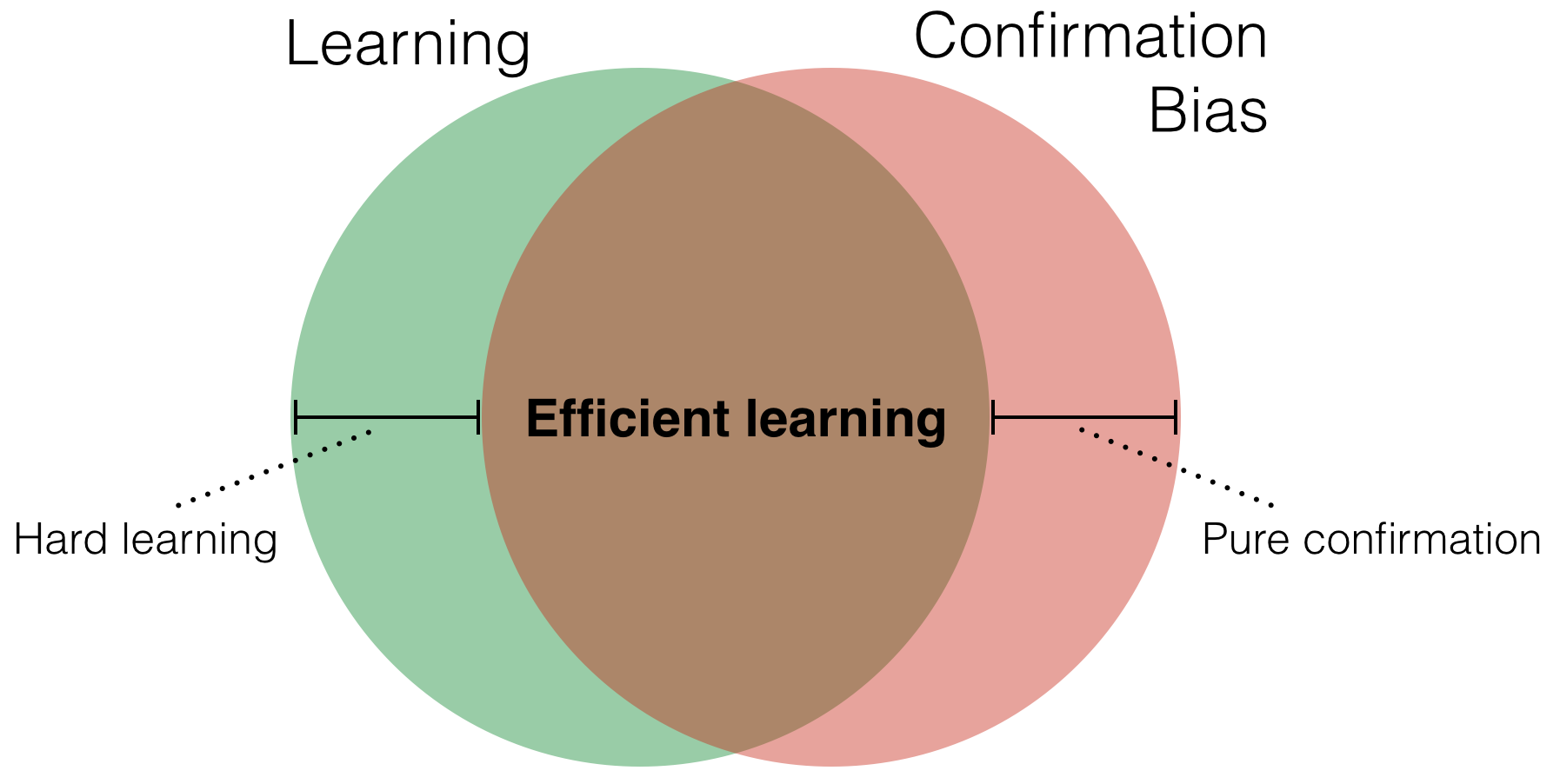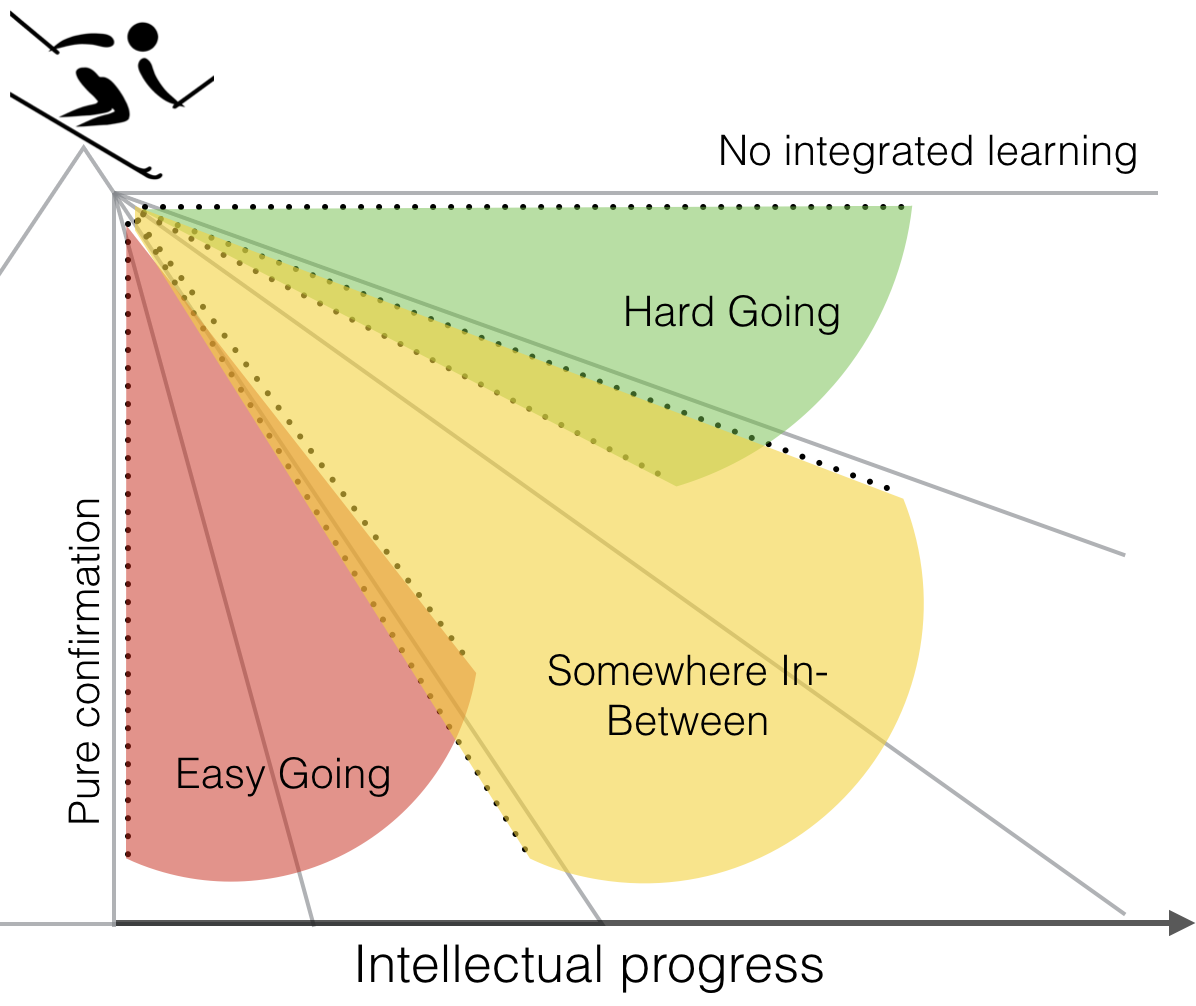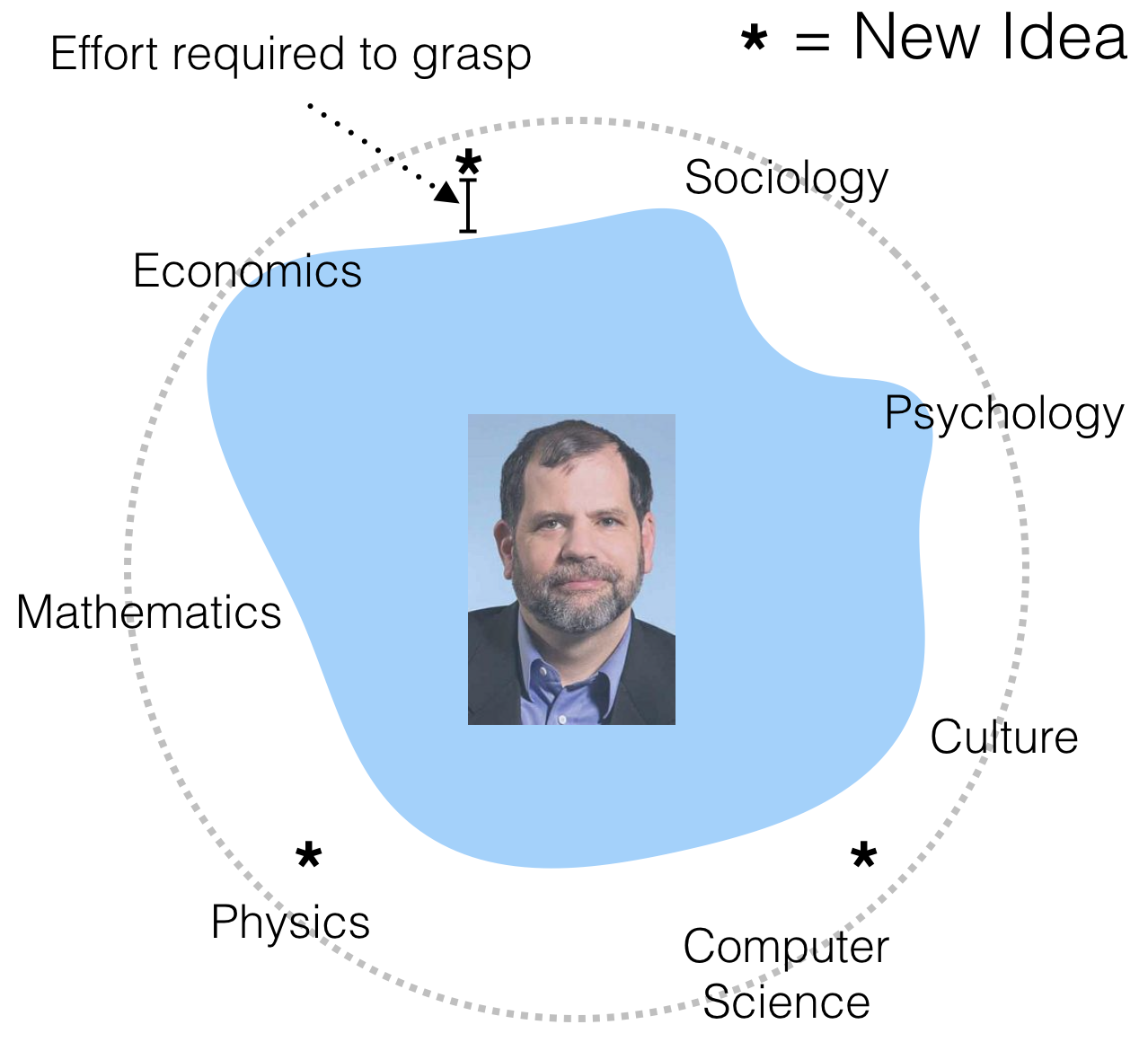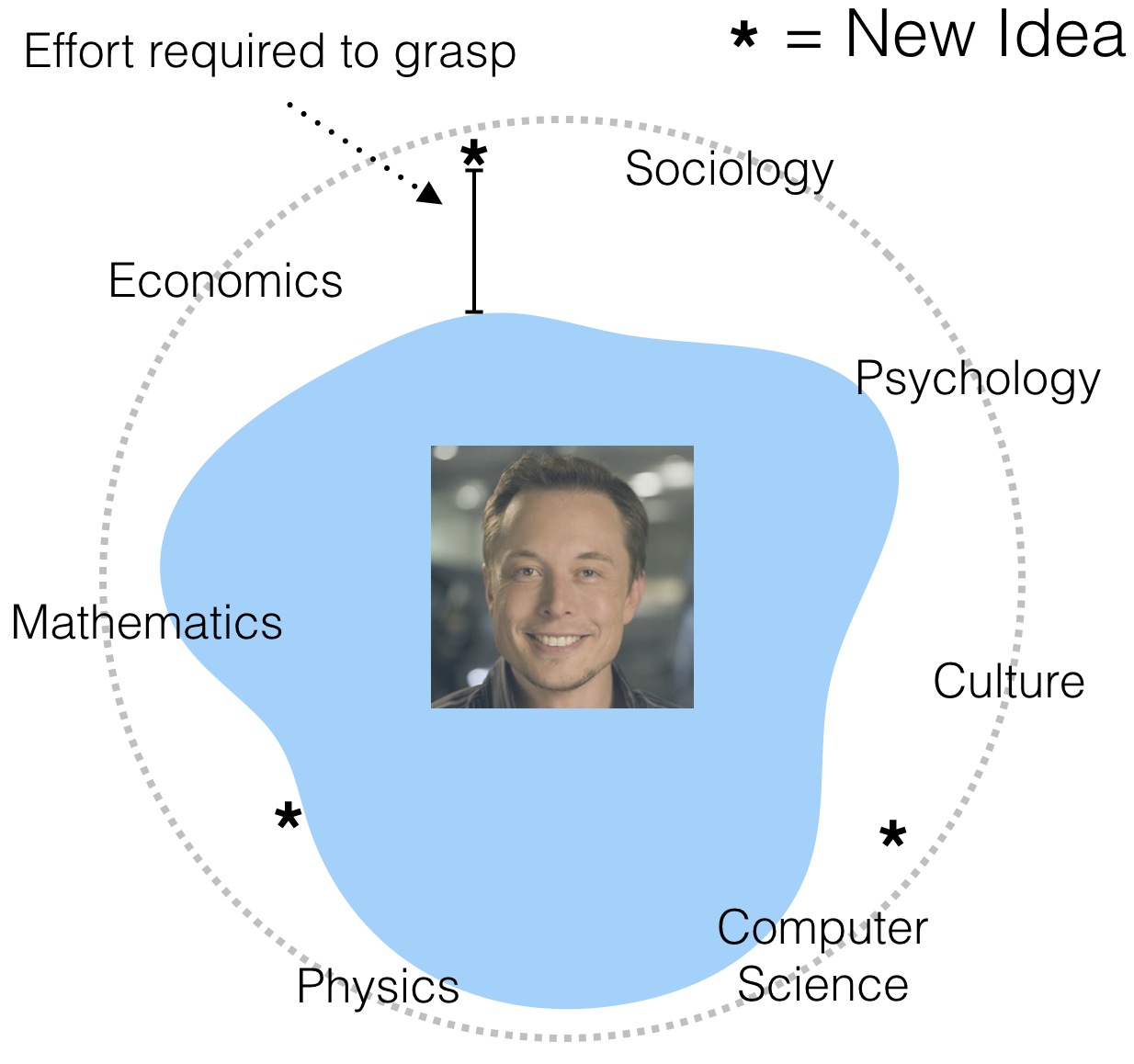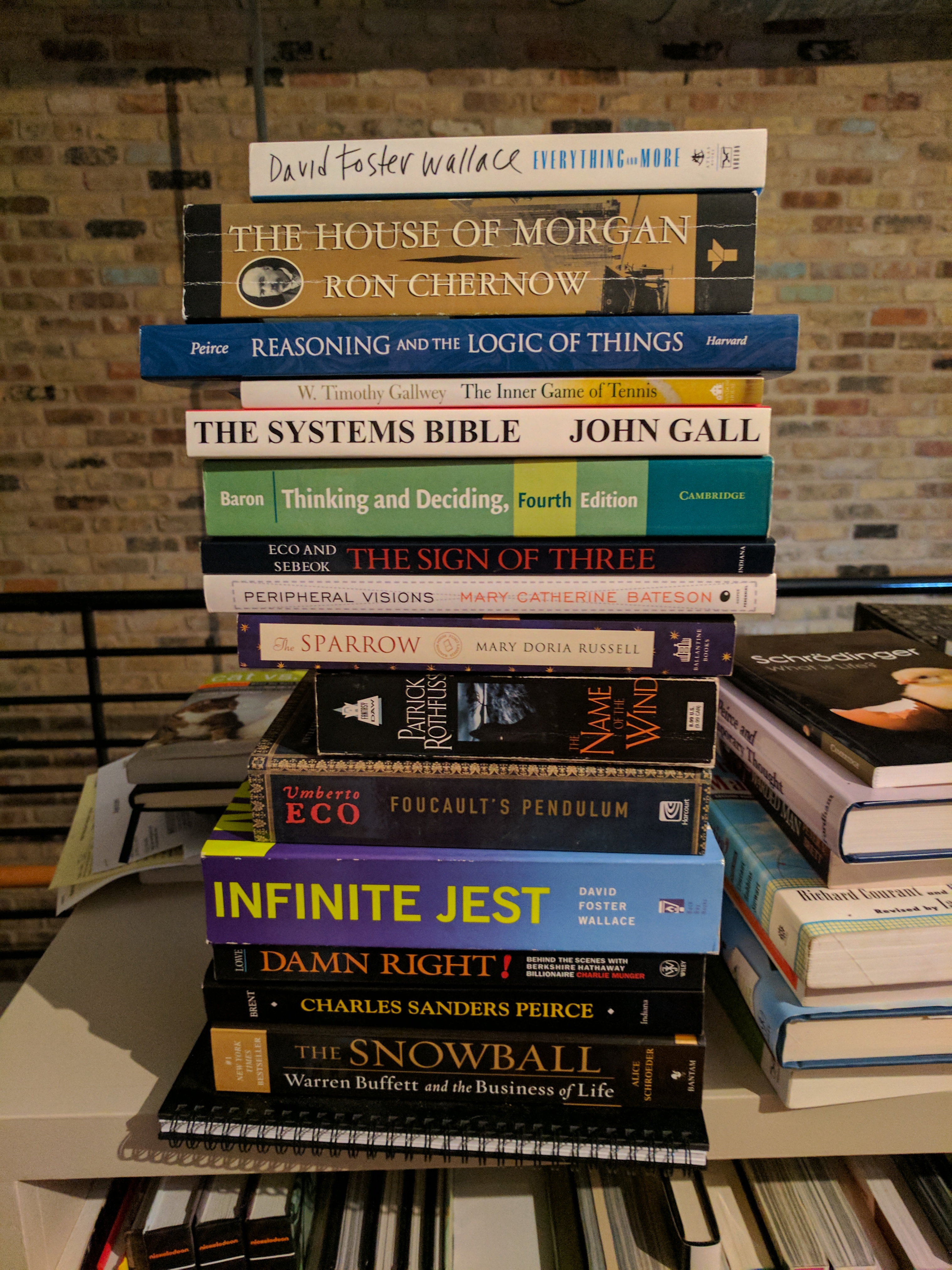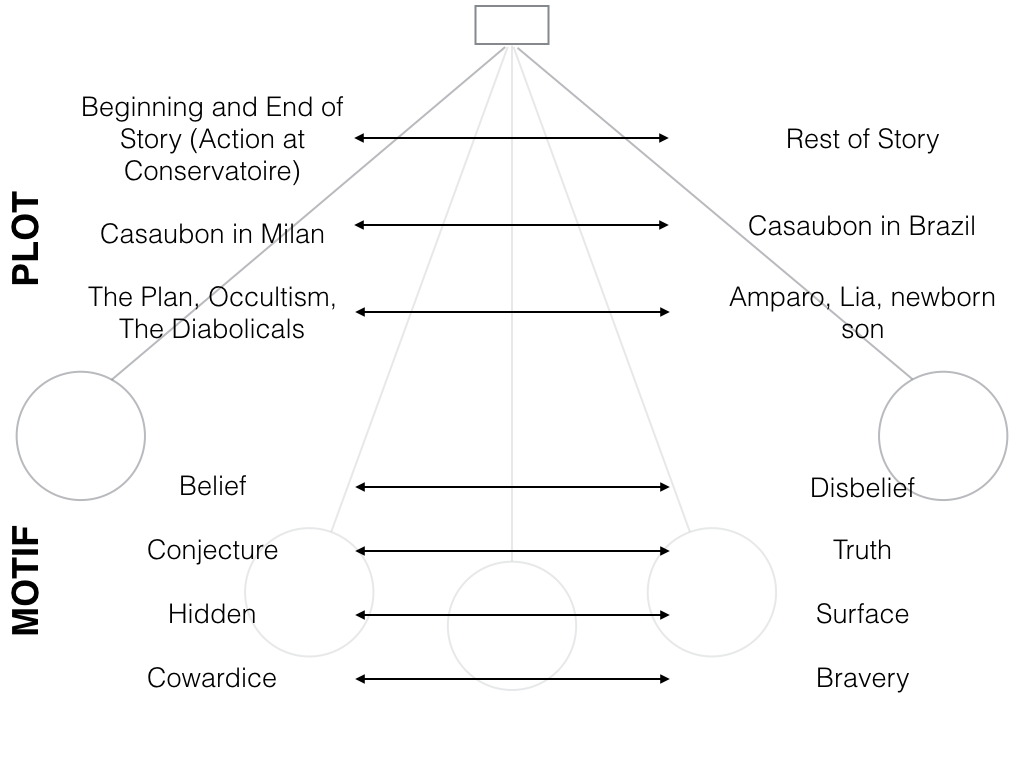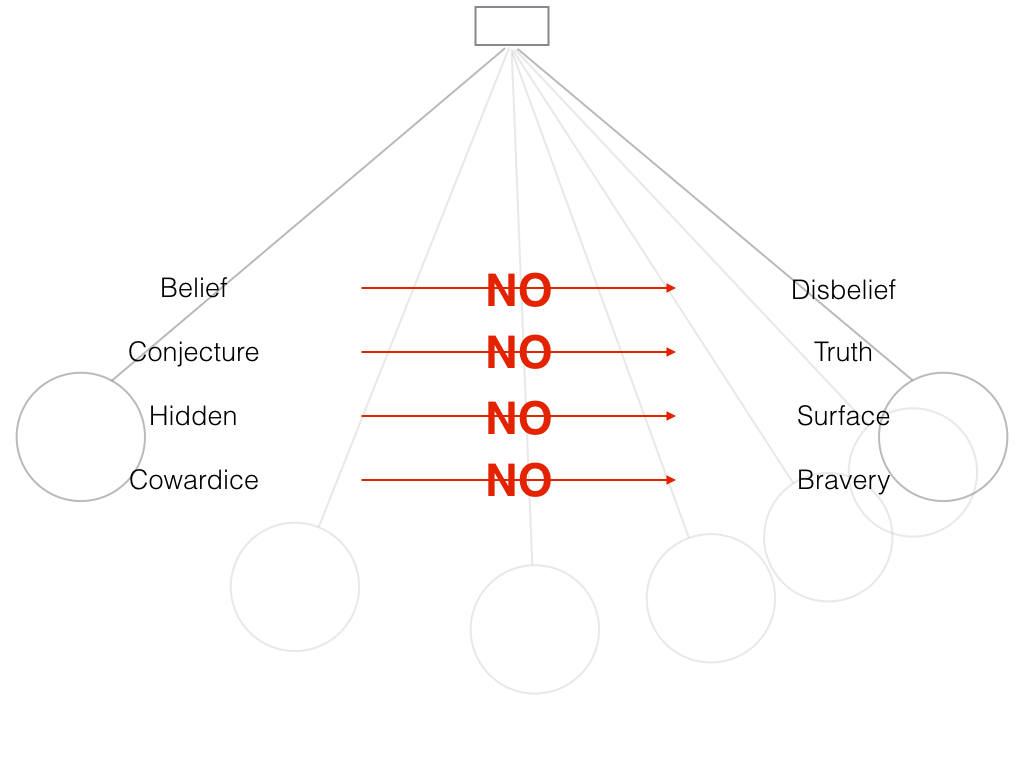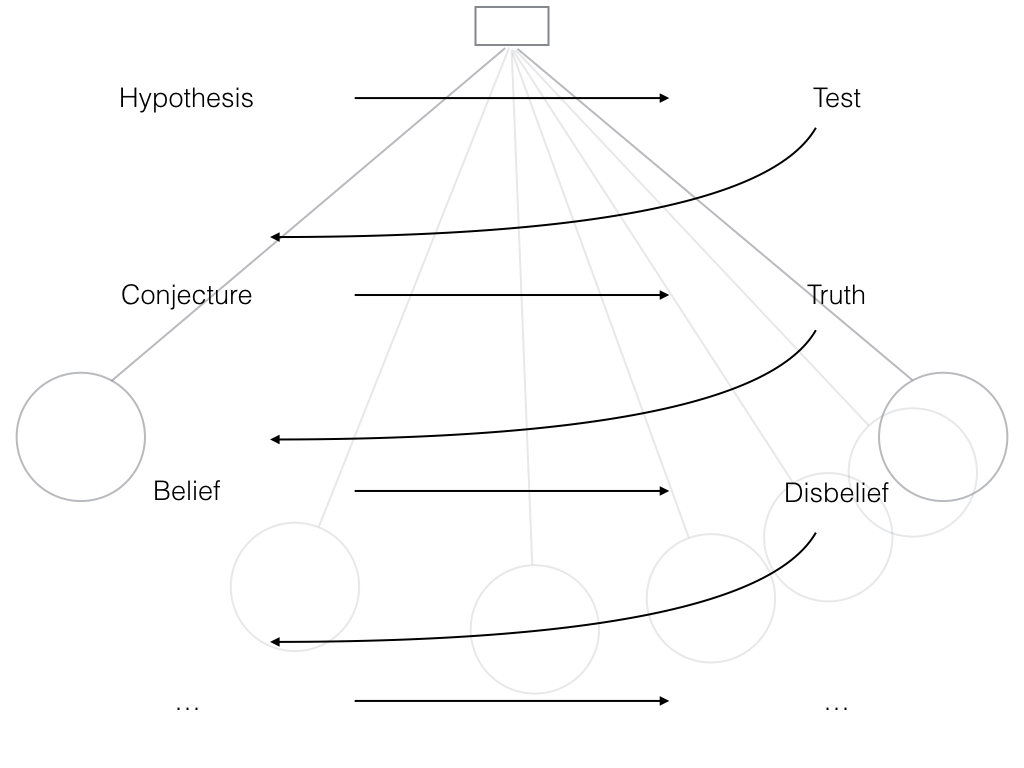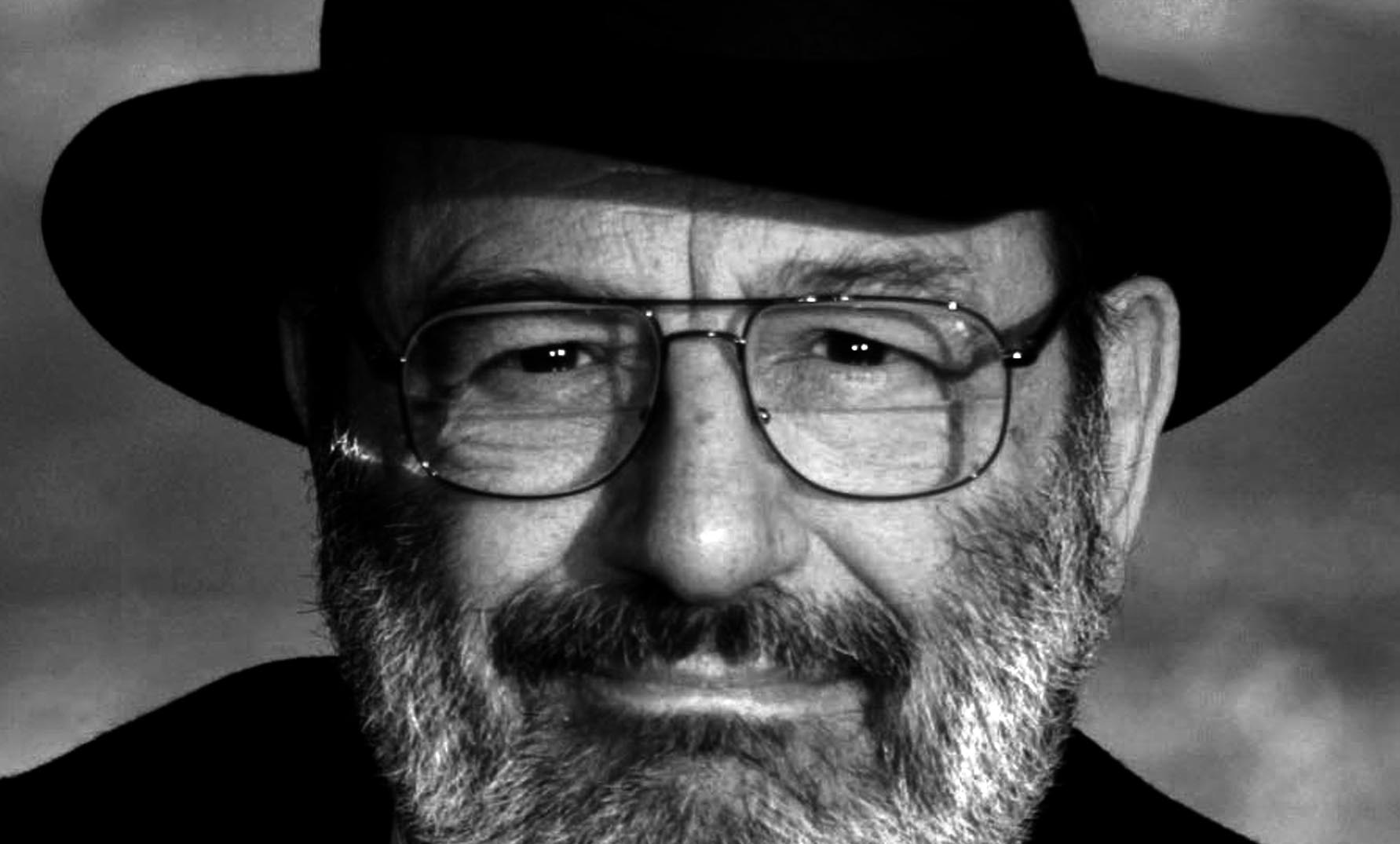It was a pretty good year for reading, I managed to keep a habit while working on the startup. Below is a list of what I tackled since last Winter.

Fluids
I got pretty obsessed with fluids earlier this year. As a pilot I wanted to sharpen my understand of lift and how it works, and while in the process I uncovered the inspiration for a talk I gave in May at Refactor Camp.
I read most thoroughly through the works by Anderson and Vogels, and selectively pecked through the rest. I can now give a pretty good and accurate explanation for how wings work. Hint: start from the idea that a moving wing has created a ‘void’ behind it as it moves through the air and build your intuition from there. Ignore anything to do with air ‘speeding up’ on top of the wing and instead think of volumes and displacement.
History of Aerodynamics, John Anderson
This is a fascinating book, full of both science and drama. All throughout history there have been those who thought something was impossible (usually scientists) and those who tinkered anyway (engineers). Once an invention overturned a previous notion of impossibility, scientists went to work explaining it. This played out for fluid dynamics + airfoils for hundreds of years, and Anderson does the right amount of writing about it.
Life in Moving Fluids: The Physical Biology of Flow, Steven Vogel
Another fascinating book about fluids except with mother nature as the guide. All kinds of life, from the smallest bacteria to the albatross, has adapted itself to a life in fluid, be it water or air. Vogels seems to cover all of them, whether seed, trout, or sperm. It’s a fun read at the intersection of biology and physics that will show you why a trout is the perfect airfoil shape and how a spider can soar.
An Album of Fluid Motion, Milton Van Dyke
Beautiful album book of various fluid flows. There’s a pdf version here.
Turbulence: The Legacy of A. N. Kolmogorov, Uriel Frisch
Turbulence is an important concept to understand in fluid dynamics. Although Frisch gets a bit technical and math-y, you can grok much of the beginning explanation and setup. It was fun launching off from this and thumbing through Mandlebrot’s Misbehavior of Markets: A Fractal View of Financial Turbulence and The Fractal Geometry of Nature.
Understanding Aerodynamics, Doug McLean
Probably the best, most comprehensive, detailed, and up-to-date book on flight you can find today.
Understanding Flight, David Anderson and Scott Eberhardt
Mostly a lite version of McLean.
Entrepreneurship / Leadership
Naval Leadership: Voices of Experience
I’ve owned this book for a few years and always enjoy revisiting it for good reminders of proper management and leadership. The sections on delegation and supervision are gold.
Eleven Rings, Phil Jackson
Good read… I like Phil’s style and the way he went about building mindful teams.
Am I Being too Subtle?, Sam Zell
Good autobiography of a smart and quirky entrepreneur.
High Growth Handbook, Elad Gil
Some good stuff in here.
George Marshall: A Biography, Debi and Irwin Unger
Marshall has been lauded as the greatest American since George Washington… the Ungers take a much more sober view of his contributions. While his character was undoubtedly flawless, his track record of decisions show he made quite a few missteps (but who never did?). Still, I loved getting a view of this era of American history (US military pre-WWII, pre-communist China, and post-war Europe) through Marshall’s eyes and actions.
Longitude: The True Story of a Lone Genius Who Solved the Greatest Scientific Problem of His Time, by Dava Sobel
I read this fairly short book on my Kindle and loved it. Just like Anderson’s History of Aerodynamics, this provides a true story of the heroes and villains that surround the development of a novel technology. Whenever I read works like this I always think about current technological developments and wonder who the stubborn bastards are that’ll be left on the wrong side of history.
Just for Fun
Inside Moebius, Jean Giraud
I loved Moebius’ work in The Incal and enjoyed flipping through this more auto-biographical work. Very different from his usual and not for everyone.
Thrawn: Alliances, Timothy Zahn
I’m a sucker for the Thrawn storyline and devoured Zahn’s latest over a weekend.
Foundation, Isaac Asimov
An important work of science fiction I’d never read. Quick and fun read.
Money
The Ascent of Money, Niall Ferguson
Great historical account of money that starts with ancient gold and silver and runs up through the US housing crisis. It was most recently published in 2009 and so doesn’t contain anything about Bitcoin, though the author wrote something last year.
Networks, Crowds, and Markets, David Easley and Jon Kleinberg
Great ‘textbook’ that’s not too dense. Rich with a lot of models and background for anyone who wants to think about networks, the internet, and aggregate human behavior. I haven’t read it all yet but hope to spend more time with it someday. This was one of the many great books that are regularly recommended by @arbedout.
Personal Interest
Behavior: The Control of Perception, William Powers
Powers was an engineer who specialized in control systems and cybernetics, who took those ideas and applied them seriously to psychology and how our brain works. I’ve always been unimpressed with the large gap between our theories of neurons and psychology and Powers does the best job I’ve ever seen at filling it. He sketches out several layers of theory that one might equate to wiring diagrams for how our neuronal control systems work.
His most important yet subtle insight is that humans don’t really control their ‘behavior’ in the way we usually mean it, but that instead we control for our ‘perceptions.’ Because our senses are our only means of accessing our bodies and the outer world, our nervous system acts like a machine that acts to bring about the desired state of sensory input. Like the thermostat that turns on heat or cold depending on the temperature, our brain is like: Stomach telling you it’s low on food? Change behavior until we’re no longer getting that signal.
It seems simple on the surface, but it’s a powerful paradigm that allows models from traditional control theory to be applied in areas of psychology that never were before. Powers was really ahead of his time and unfortunately ignored by most of traditional psychology when his theories were published in the 1970s, but these days it’s arguable that he was barking up the same tree as our cutting edge theories around predictive processing and Friston’s Free Energy Principle.
This was one of the most interesting books I’ve ever read. It can be a bit dense and is not for everyone, for a more full review than my blurb you can read this post by Scott Alexander about the book and one or two of his followups.
A Thief of Peirce, Walker Percy and Kenneth Laine Ketner
I have a personal obsession with Peirce, and have been delighted to discover in recent years that Walker Percy was also a big fan. This book is a collection of letters between Percy and Ketner, a leading Peirce scholar. The title comes from a reference by Percy in one of his letters that he’s borrowed a lot of his ideas off of Peirce’s writing. Good book for any semiotic fans out there.
Drama of the Gifted Child, Alice Miller
Miller’s key idea is that many children who are “gifted” in the way of being attuned to the emotions and states of others, especially their parents, grow up losing sight of themselves and their own feelings because the feelings of others can appear so vivid and, especially while they are dependent on them, critical to their survival. Instead of fostering a healthy amount of “me first” the child, they go through life always seeking the approval of others. It’s a good point and relates to the trend of narcissistic parents in our generation.
The Truth, Neil Strauss
I had read Strauss’ The Game when I was a teenager, and enjoyed coming full circle with this work about how he learned to embrace monogamy.
The End of Alzheimer’s, Dale Bredeson
This book, or something like it, should be required reading for every human being. We often take for granted our healthy brains and those of close friends and family, so when we are caught be surprise by dementia or Alzheimer’s disease it’s tough to know where to look and how to act early on. This book is about as comprehensive a guide as you can find, at least on the clinical and preventative side.
Alzheimer’s is still in the same category as cancer: we think we can explain the mechanisms that are happening when shit goes south, but we can’t pinpoint a reversal or cure. Bredeson does a good job outlining the latest theories and a comprehensive treatment plan that’s seemed to work for his patients. If I could sum up his advice in a few words, it reads like a lot of generic health advice: eat well, sleep well, and don’t drink too much.
Silence: In the Age of Noise, Erling Kagge
I saw this get recommended in a few places and decided to give it a shot. The book is a healthy reminder to tune out of our environment now and then and connect with ourselves.
Audiobooks
What to Remember When Waking, David Whyte
Beautiful.
The Wisdom of Insecurity, Alan Watts
I didn’t get as much out of this as Watts’ Out of Your Mind. Some helpful perspective if you suffer from lots of anxiety, I guess.
Being Human, Robert Sapolsky
This was really fun. It’s basically a bunch of lectures by Sapolsky covering all kinds of topics from biology and psychology. He’s brilliant.
Radical Honesty, Brad Blanton
I loved this. It’s read by the author and while it’s great to hear his own words and voice, he didn’t use the best recording equipment everywhere or have the best editor to smooth things out. Regardless, it’s a great message about just being more honest in life and not GAF.
Blood Meridian, Cormac McCarthy (read by Richard Poe)
I’d read Blood Meridian 10 years ago and had always wanted to revisit it again. I heard Poe did a great job narrating this, and he really does. This is such a violent work but it’s still beautiful writing.

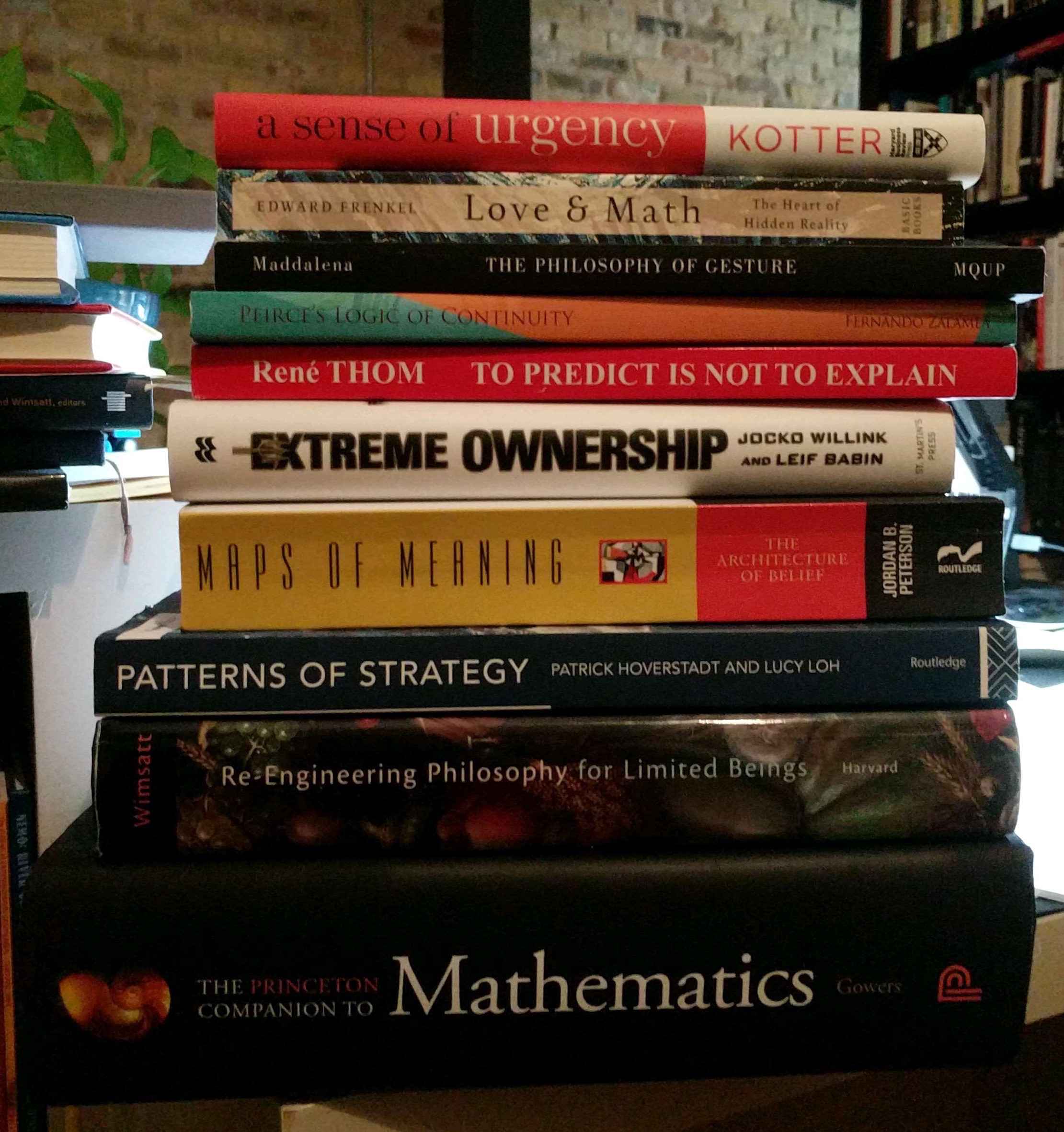

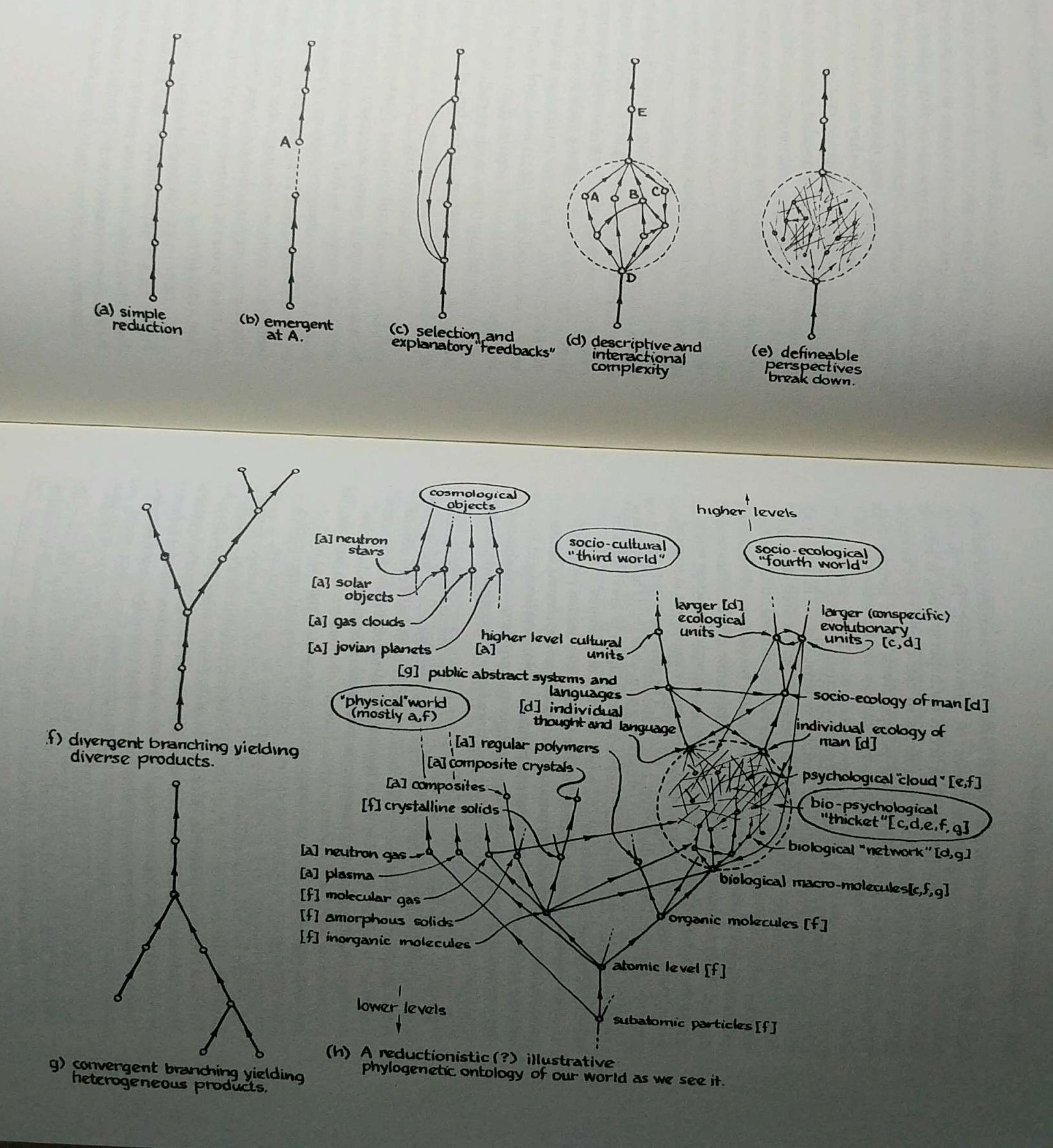
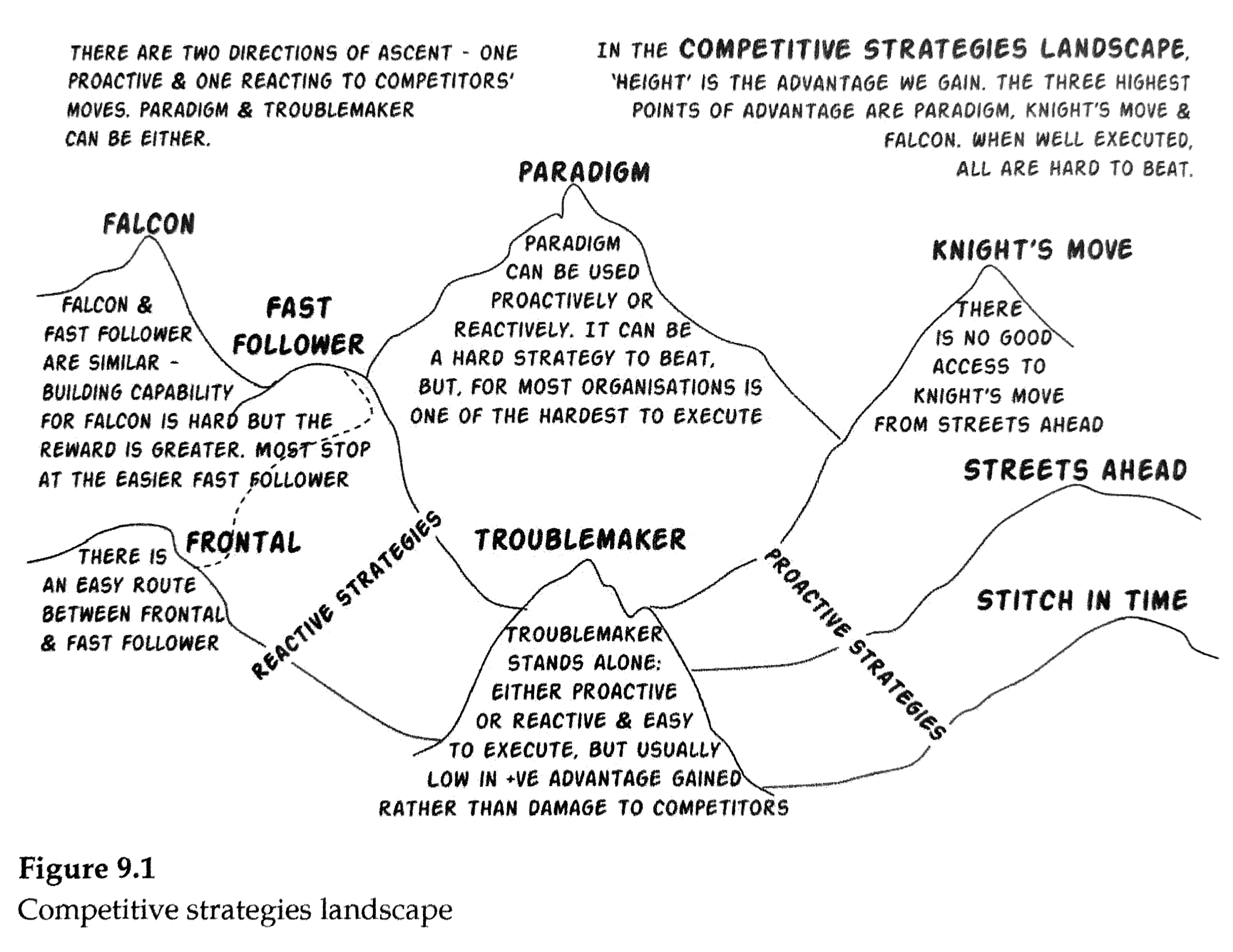
 Is the sky blue?
Is the sky blue?


